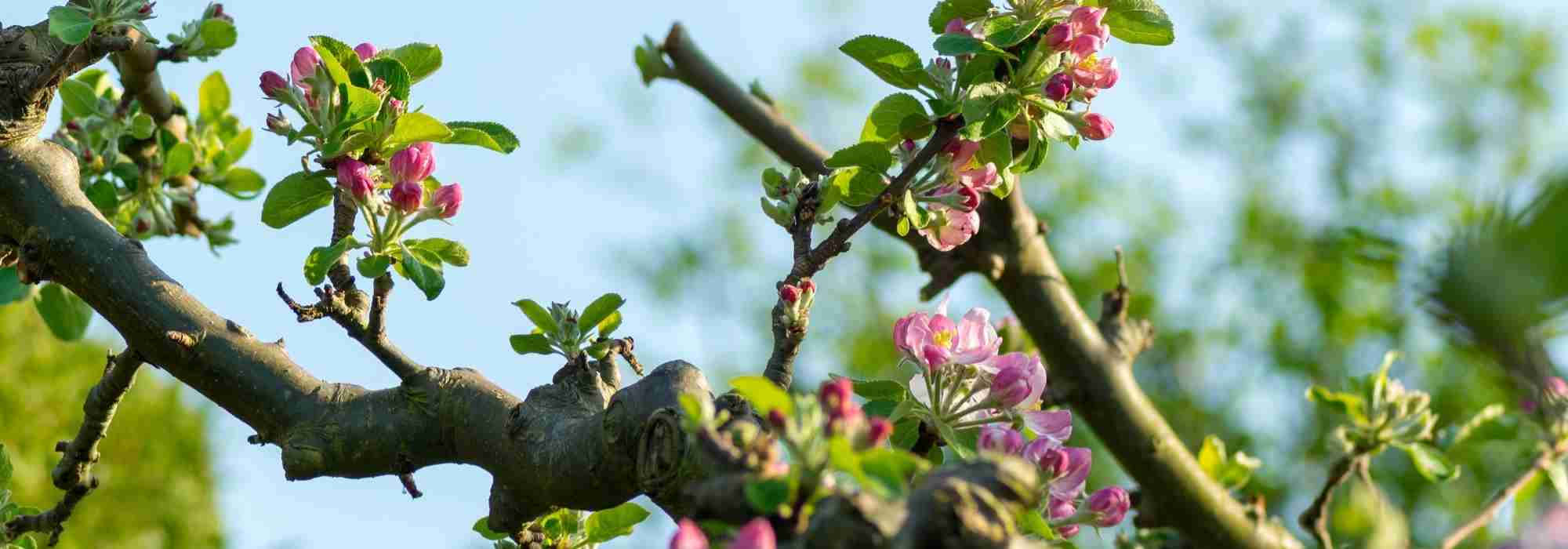
Pruning low-stem fruit trees: when and how?
Maintenance and pruning technique for a low-standard goblet
Contents
Low-stem fruit trees have a trunk measuring 60 to 80 cm in height. The trunk then divides into 3 to 5 well-distributed scaffold branches forming a goblet shape, accessible from soil level or using a double ladder, both for pruning and harvest. Management of these trees is fairly easy, but still requires some care and a cleaning pruning to encourage penetration of light into the centre of the tree.
Maintenance pruning of a low-stem goblet-shaped tree
Maintenance pruning aims to preserve goblet architecture, promote air circulation and light penetration, and thus enable better fruiting.
When to prune these fruit trees
Pruning is generally carried out every year; remember this simple schedule:
- Pip-fruit trees are pruned in winter (when frost-free) until early spring,
- Stone-fruit trees are pruned in August–September or at harvest.
How to prune
To prune fruit trees, always use perfectly sharp tools, disinfecting them between trees to avoid spreading any potential disease.
For this, remove shoots:
- that cross each other, as they create wounds that become entry points for fungi and pests.
- dead shoots.
- showing wounds and cankers, noticeable by torn, swollen or abnormally cracked bark, or by flat spots (areas showing that branch did not thicken all the way around), with gum oozing. Cankers often contain spores of pathogenous fungi.
- that grow at base of tree (suckers from rootstock) or along trunk.
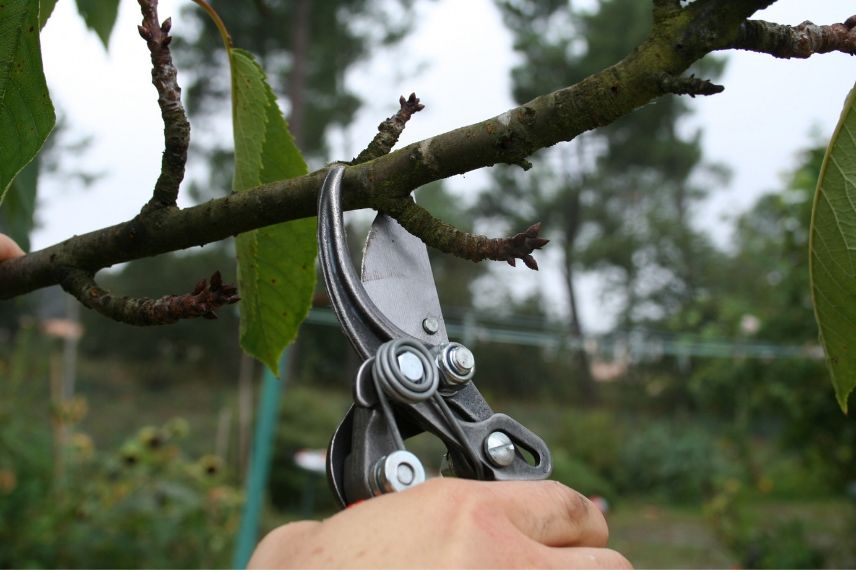
Once you have removed anything harming tree health, step back and observe how to open branches evenly. This opening aims to allow light to reach lower parts of tree and to reduce diseases favoured by overly humid conditions:
- Remove branches growing towards centre of tree;
- Prefer horizontal or inclined branches over verticals;
- Remove vigorous vertically growing shoots called « gourmands », unless you want to replace a weakened branch with one of them, in which case bend it by attaching a weight to its tip, for example.
- If several branches start from same point, keep most inclined one which will fruit sooner.
- Even up lengths of scaffold branches to balance goblet shape.
Good to know : For weeping varieties such as the Williams pear, let scaffold branches grow so they arch towards ground under weight of fruit. This approach encourages tree to form many buds without need to carry out complex pruning such as trigeminal pruning traditionally practised on apple and pear trees.
- Feel free to intervene again in July to carry out green pruning which corrects shortcomings of winter pruning. On a goblet, this consists of moderating gourmands poorly cut back during winter pruning: Remove vigorous vertical shoots completely. If two strong shoots, one vertical and one oblique, have re-emerged, keep only oblique one and cut it back so it retains only 8 leaves (last eye facing outwards).
With peach or nectarine tree, an annual fruiting pruning is recommended to prevent fruiting branches from splaying too far from tree. Indeed, a shoot that has borne fruit will never fruit again and usually dies, so best to remove it at harvest (easiest) or at time of flowering. Cut fruit-bearing shoot just above 2 leafy shoots at harvest.
Read also
Fruit trees: pruning of a young shootCare
Routine maintenance of low-stem fruit trees is simple and consists of providing :
- During winter, apply a shovelful of wood ash directly beneath branch tips where the tree’s absorbent roots are concentrated. Its potassium content stimulates flowering and increases fruit yields.
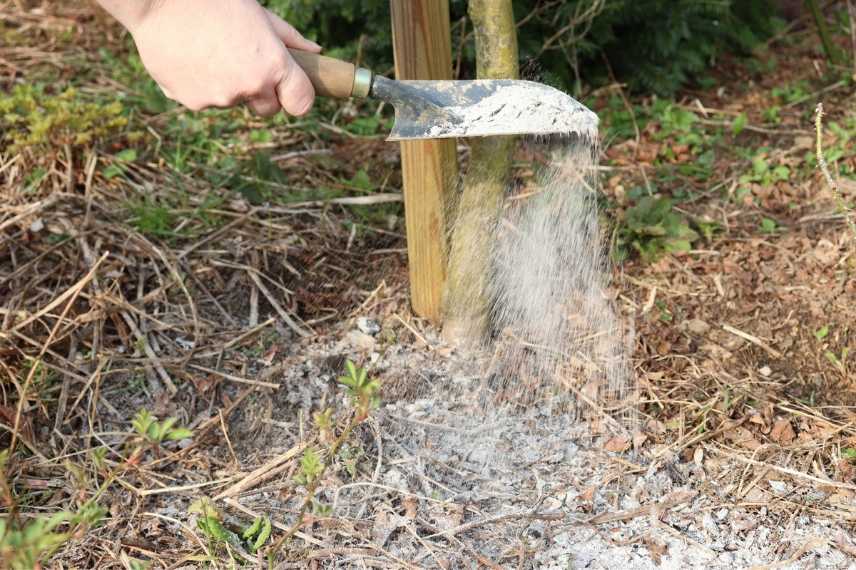
- In autumn or spring, apply a generous layer of compost as mulch or, if well-rotted, fork soil to incorporate it lightly, taking care not to damage roots. Then cover with a mulch (B.R.F., dead leaves…) or simply mow the herb at the base.
- From autumn onwards, remove all fruits mummified by brown rot.
Discover other Fruit trees
View all →Available in 1 sizes
Available in 1 sizes
Available in 1 sizes
Available in 1 sizes
Available in 1 sizes
Available in 0 sizes
Available in 0 sizes
Available in 1 sizes
Available in 1 sizes
Available in 1 sizes
- Subscribe!
- Contents
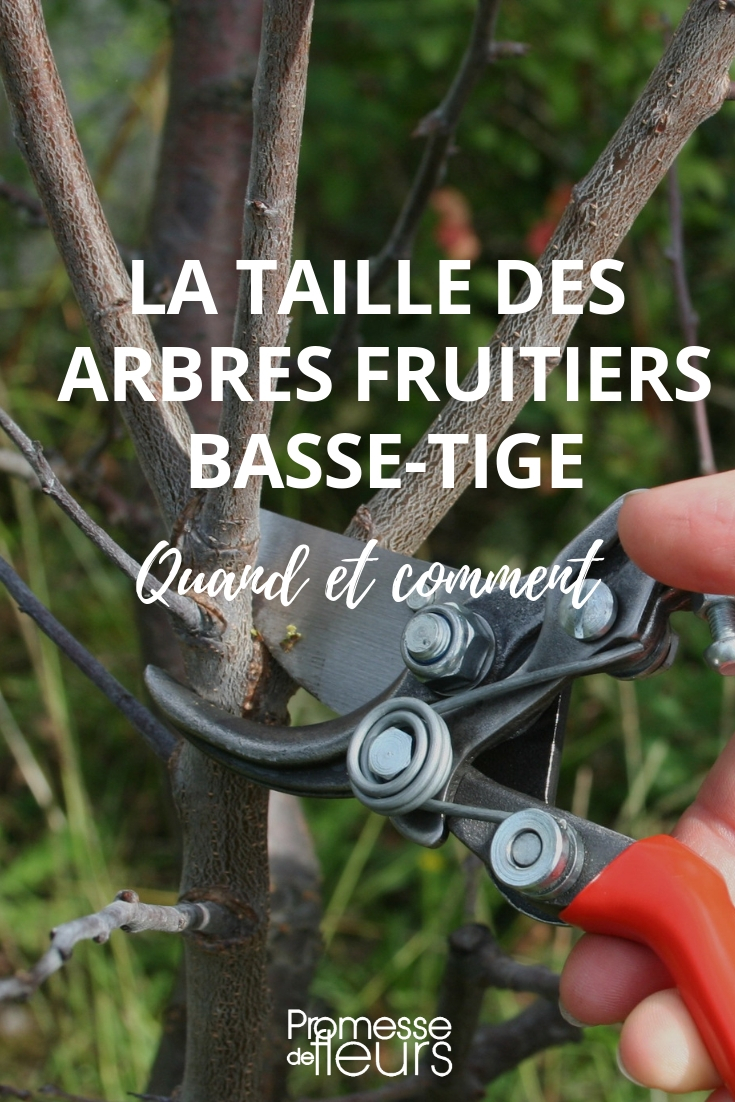































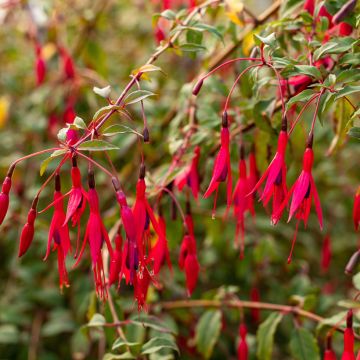
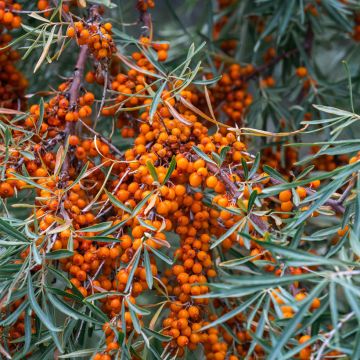
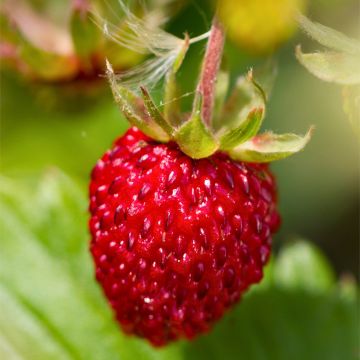

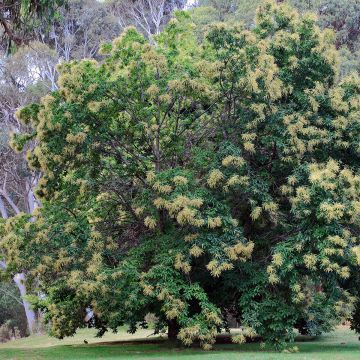

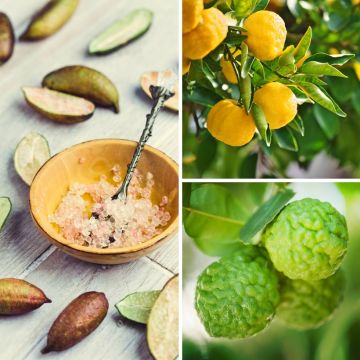
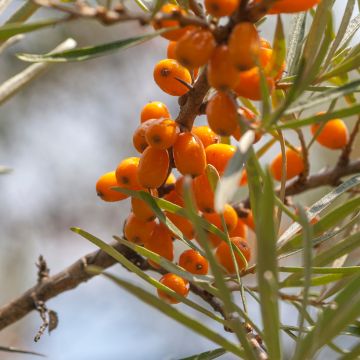

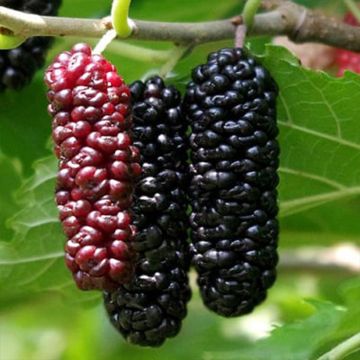
Comments